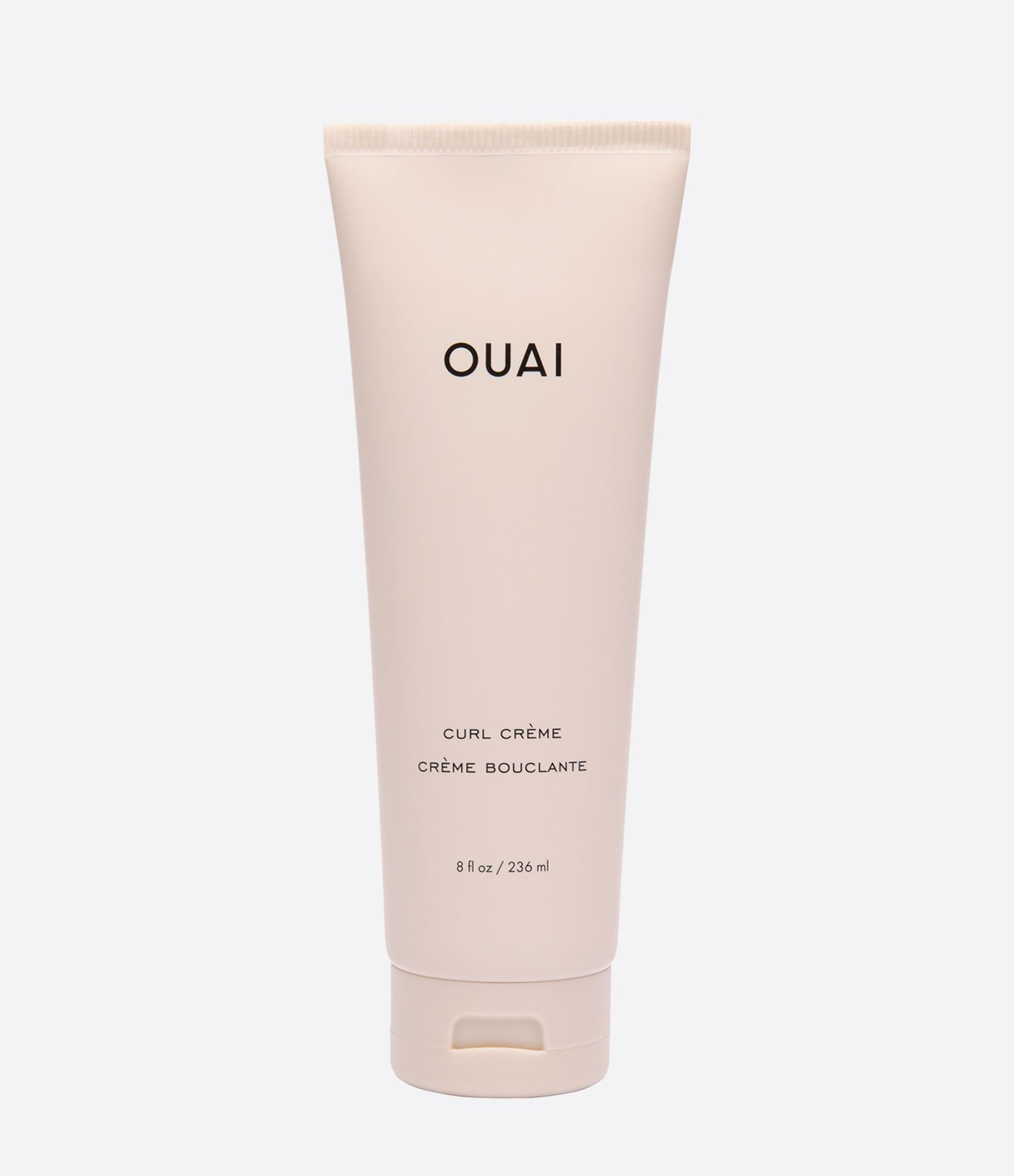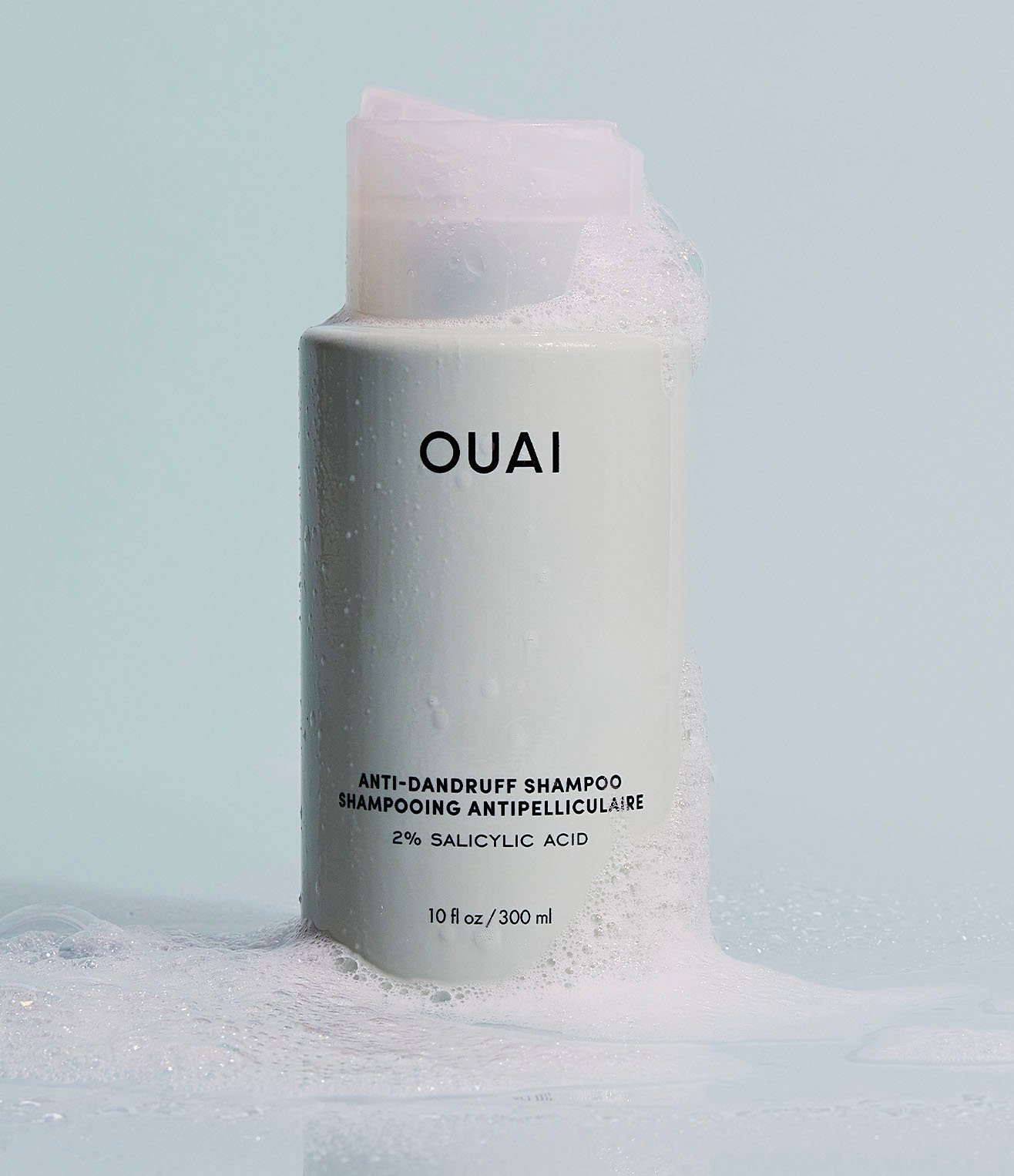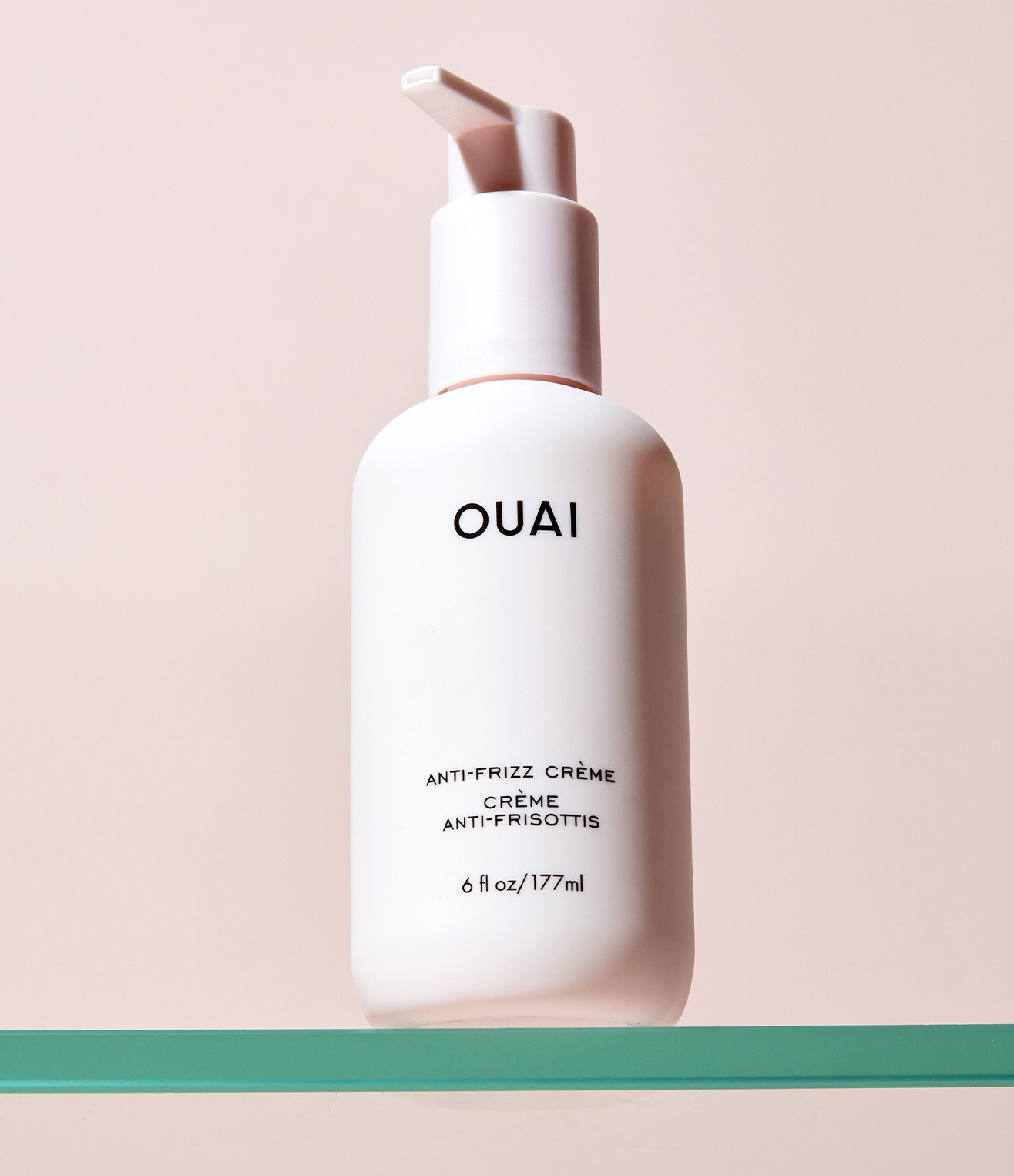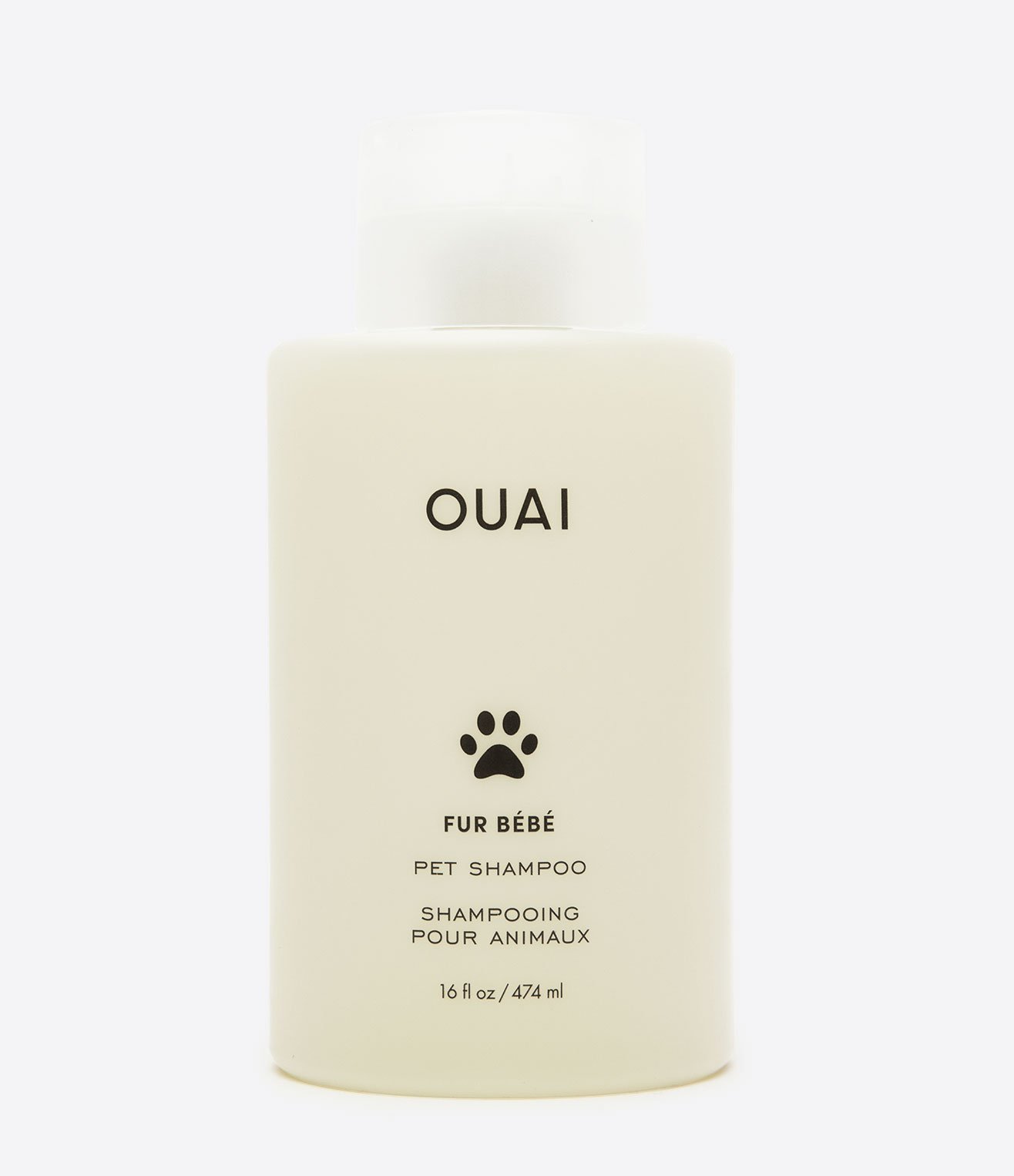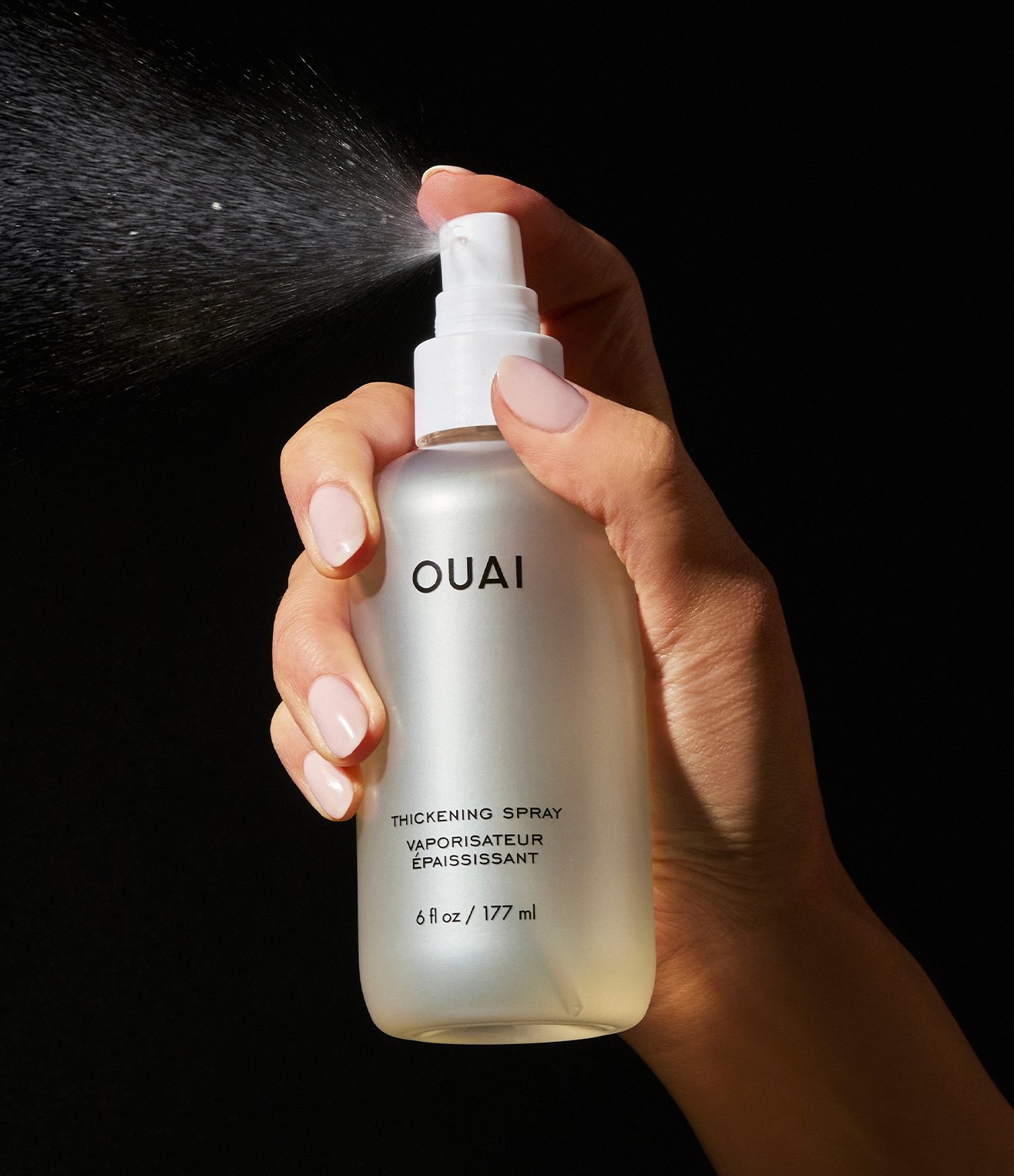Oddly satisfying videos of a haircut technique called surface cutting have been floating around—and we're here to demystify the term. You're most likely used to getting your hair trimmed every few months to remove split ends from bleaching, heat styling, and product usage. That takes care of the ends, but what about the dry flyaways and split hairs along the shaft of your hair? Enter: surface cutting, the method of removing dead hairs and brittle pieces on the hair shaft. We tapped Cherilyn Farris, master hairstylist and colorist based out of Los Angeles and Kansas City, to enlighten us on the technique for healthy hair that your mane is desperately missing.
Surface Cut, Defined
A surface cut, also called dusting, is a technique/style of cutting that helps remove split ends and unhealthy flyaways without removing length or affecting the thickness of the hair. The only true way to stop split hairs from continuing to split is to cut them. So the surface haircut is a way to promote healthy hair growth. The most common method of surface cutting is by slightly bending the hair and snipping off the flyaways that flip away from the section.
Surface Cut Vs. Trim
Typically, a regular trim involves cutting off a little length and shaping layers - think refreshing or reshaping a cut you already have to keep it healthy. Surface cutting focuses more on getting rid of splits and flyaways along the length of the hair that can affect the shine, smoothness, and/or hair health. A surface cut usually focuses on the outermost surface of the hair - the areas that get the most abused by hot tools and wear and tear.
Ideal Candidate
The best candidates for surface cutting have straight to wavy patterns with fine to course texture, and have visible stress on the surface of their hair. I wouldn't recommend surface cutting for overly curly hair - it could potentially cause frizz or layers due to the curl pattern, or on overly coarse hair as it can sometimes show the cut hairs depending on the intensity of the flyaways. People who wear their hair up a lot and color frequently may see more need for dustings.
When & How Often To Get Surface Cuts
If you're working to repair damage, every six weeks - ask your hairstylists if they'll do quick dry dusting appointments. Otherwise this could be done at normal haircut appointments or every eight to 10 weeks if you have flyaway-prone hair.
Before color is usually the best time to get a surface cut because it can help protect the hair from any chemical stress and give your hair a better color canvas.
What To Ask Your Stylist For
A surface cut requires a little bit of trust with your stylist, but to make sure your hair isn't being cut off, keep in mind that the shears should be kind of "dusting" along the surface of your hair and not into it; and the bulk of your hair will be bent away from the shears. Dusting can include cutting a little off the ends if you have split ends.
Will It Help With Frizz & Flyaways?
Once hair starts splitting, the only true way to stop it is by cutting it—this applies to flyaways along the hair length. A surface cut can help with shine too. It can also lessen frizziness if the cause of the frizz is damage or stress, but not the texture.
Cost $
Ask your stylist or salon about this service. Most stylists will do some surface cutting within a normal trim or haircut if you need it. If you're wanting to go in solely for a surface cut, it will probably be a paid service but potentially less than a normal haircut.
Avoiding Split Hairs
A pro tip to lessen surface stress is don't put your hair in a tight ponytail or bun when it's wet. Use a wide-tooth comb or wet brush to detangle wet hair, and change your ponytail height if you wear it up a lot.




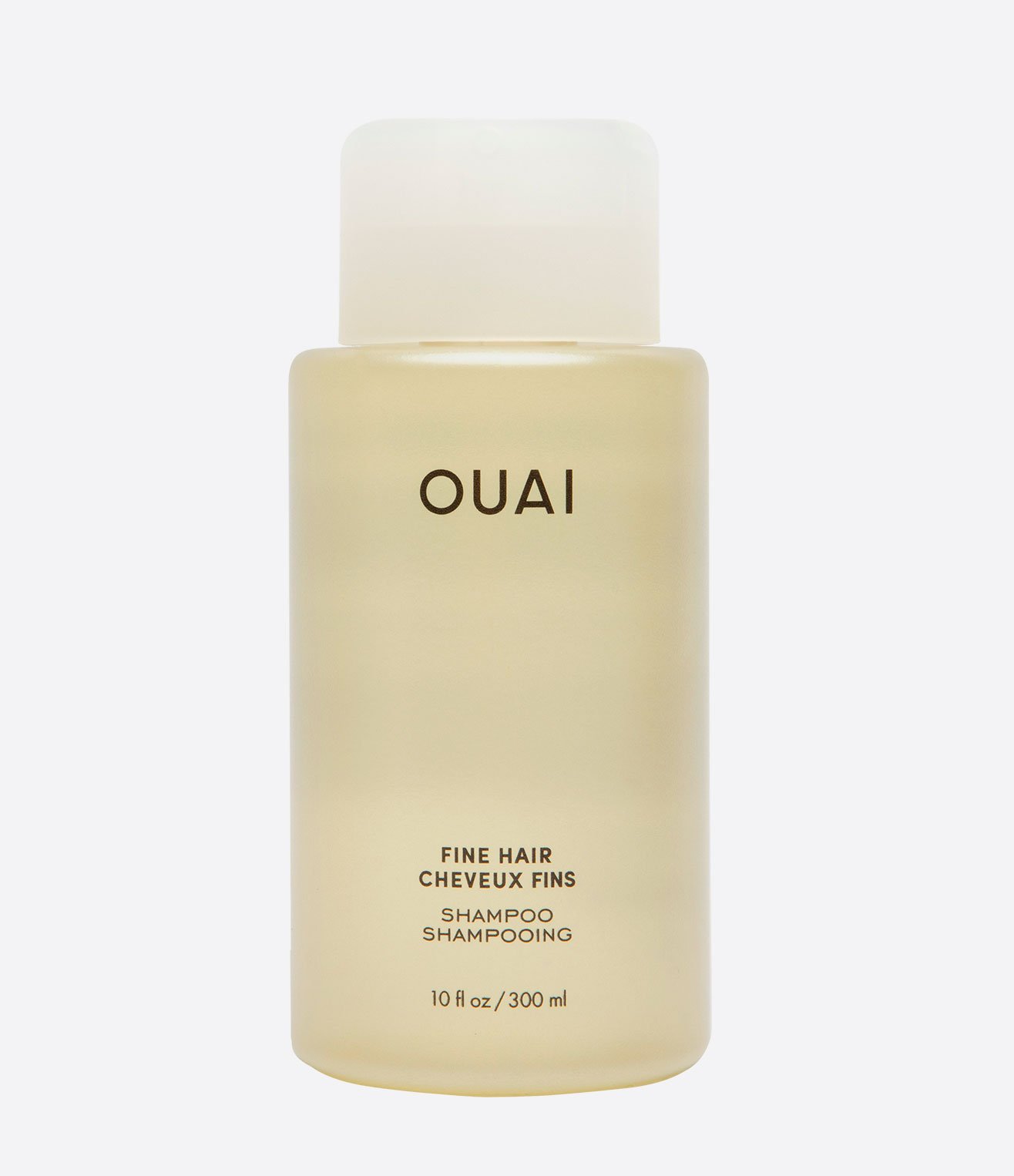
.jpeg?v=1688177409143&options=w_{width})

.jpeg?v=1688177439232&options=w_{width})


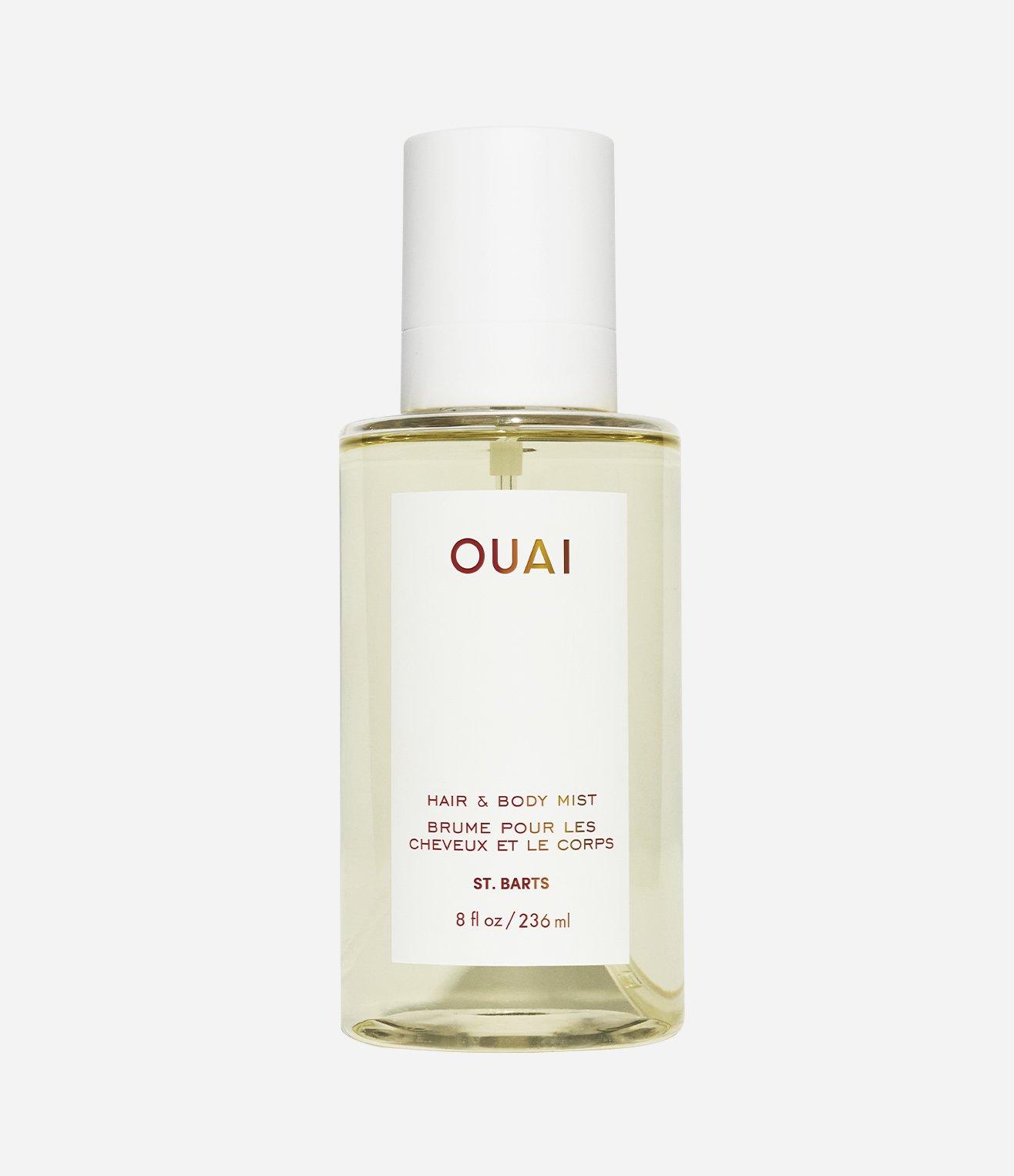




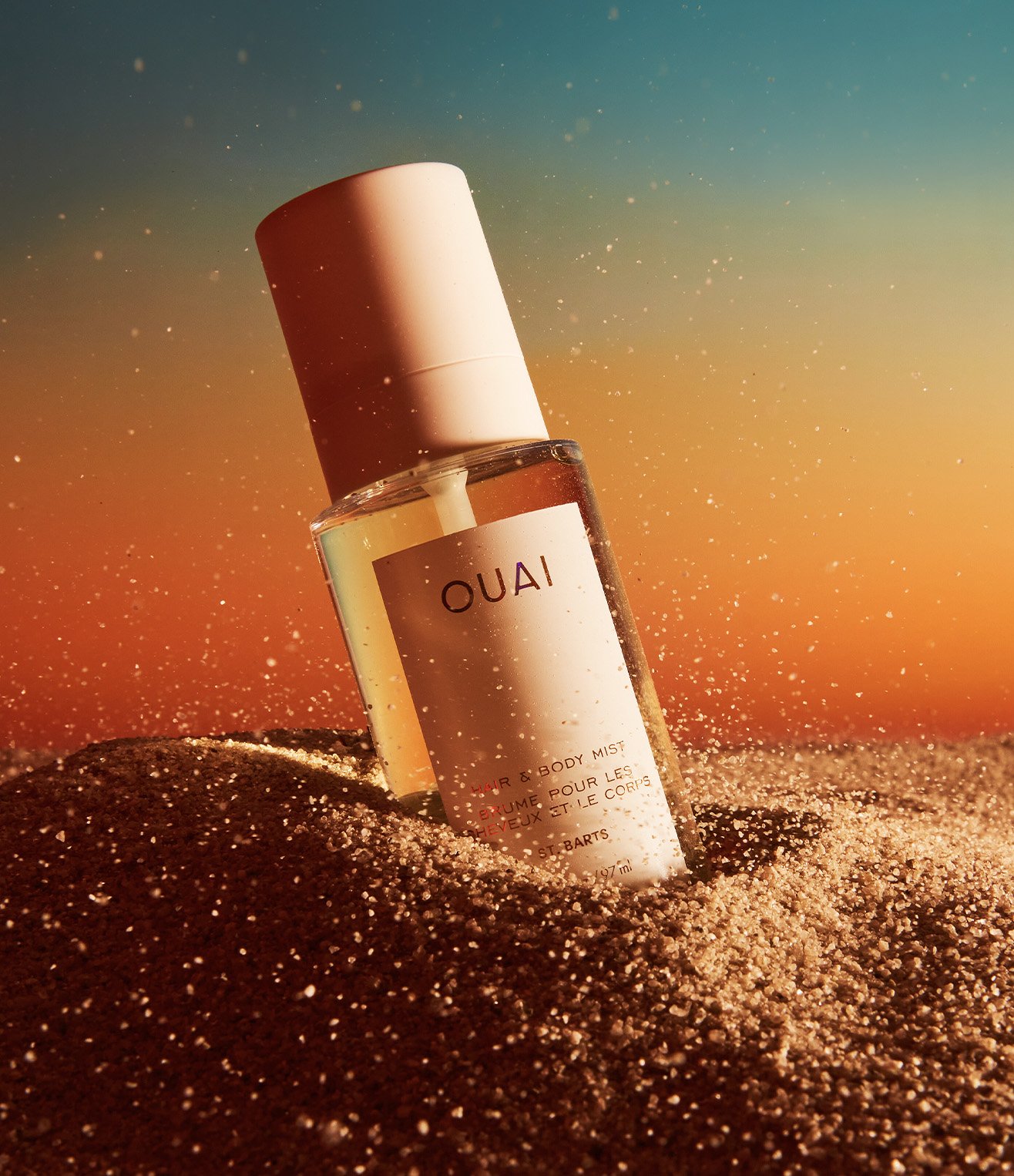


.jpeg?v=1685641143106&options=w_{width})
.jpeg?v=1688177317579&options=w_{width})
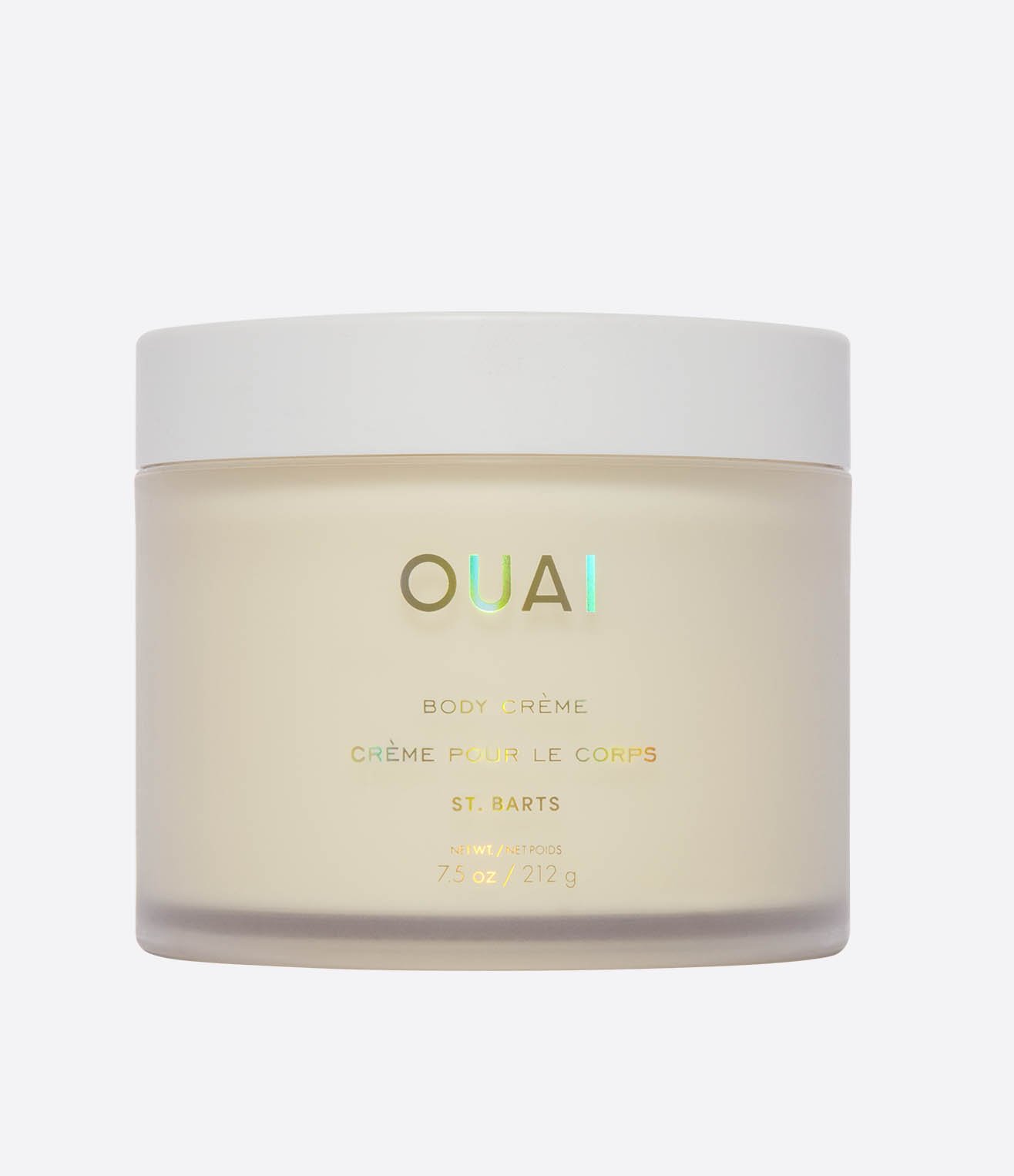







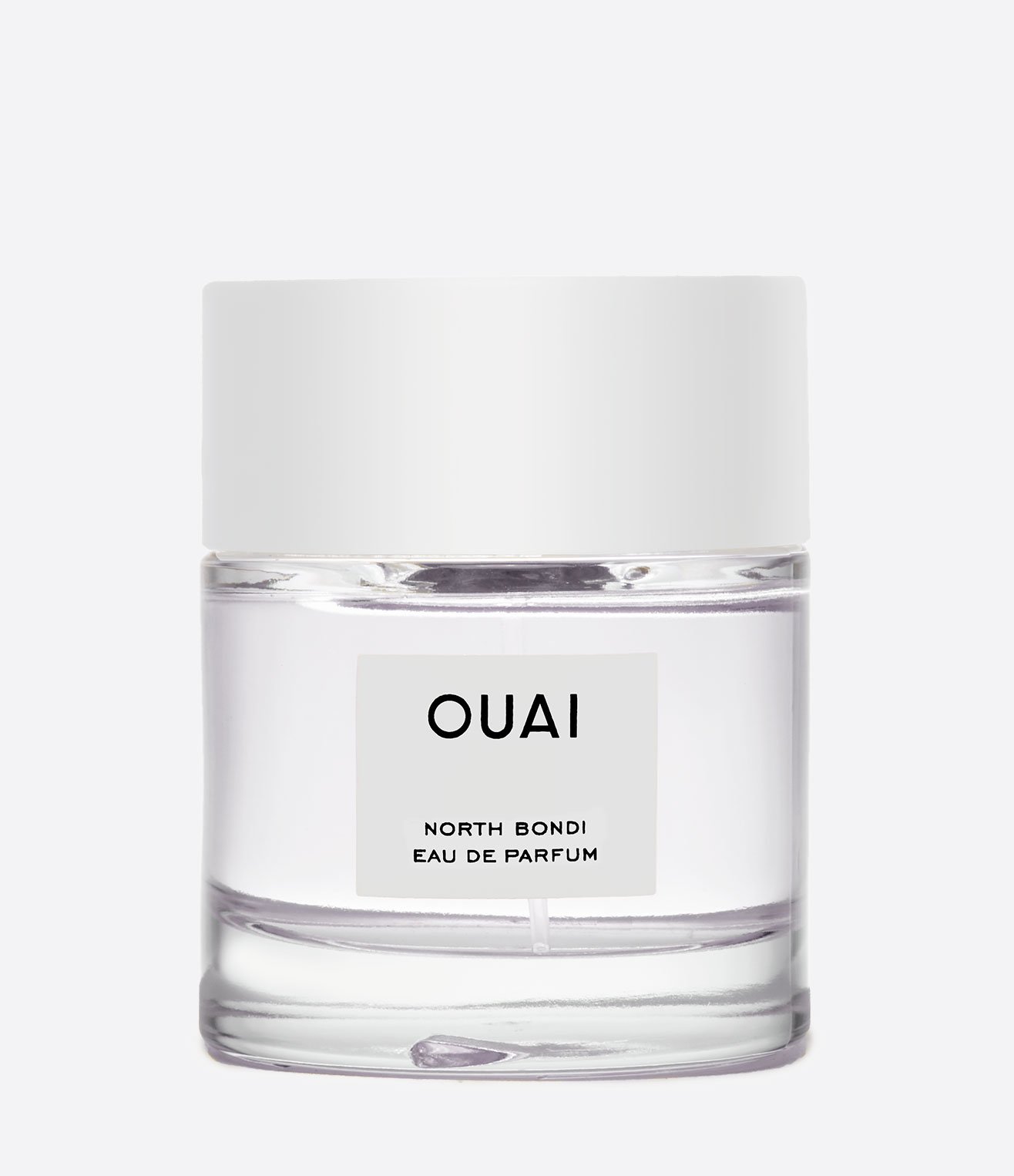





















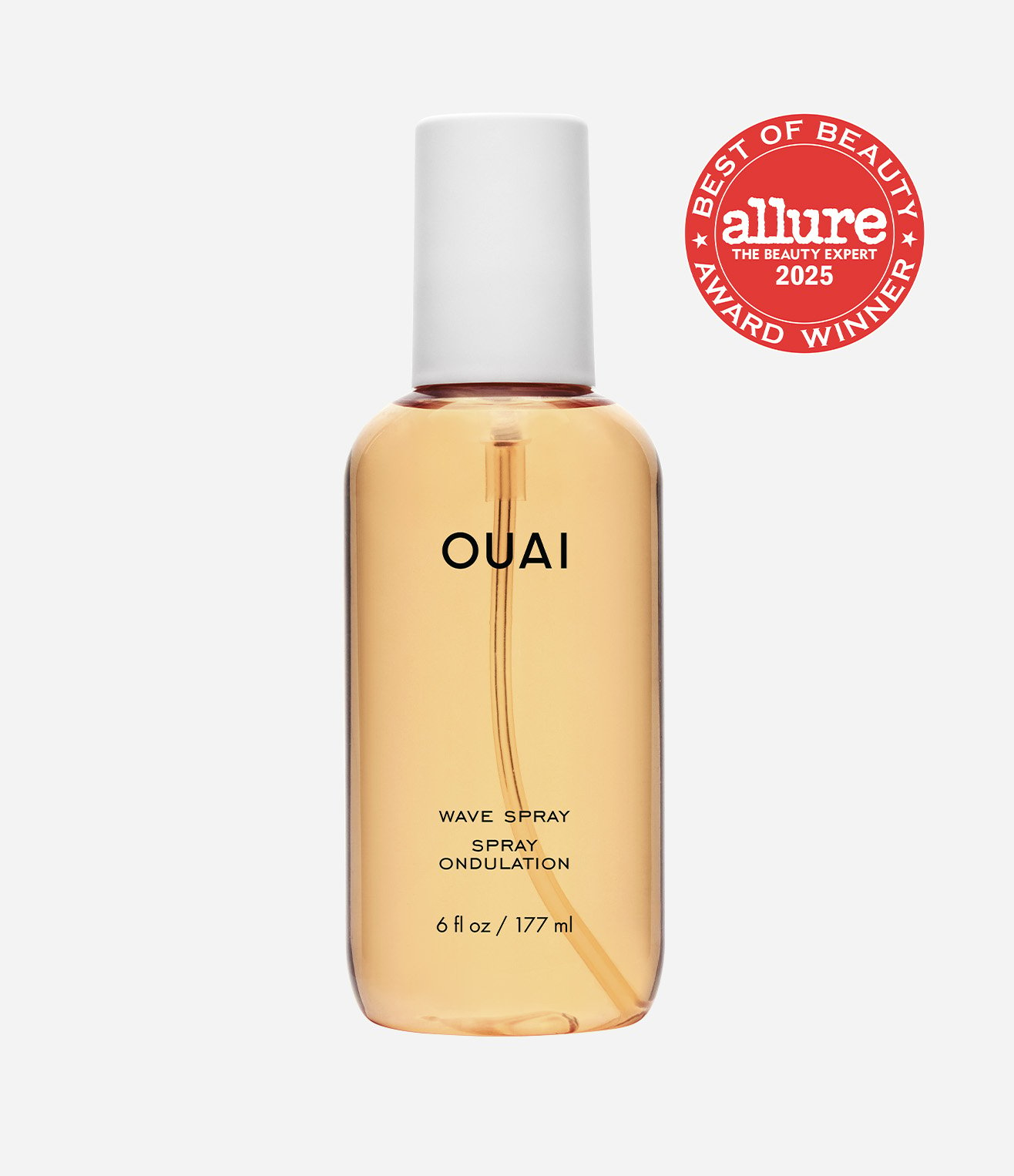



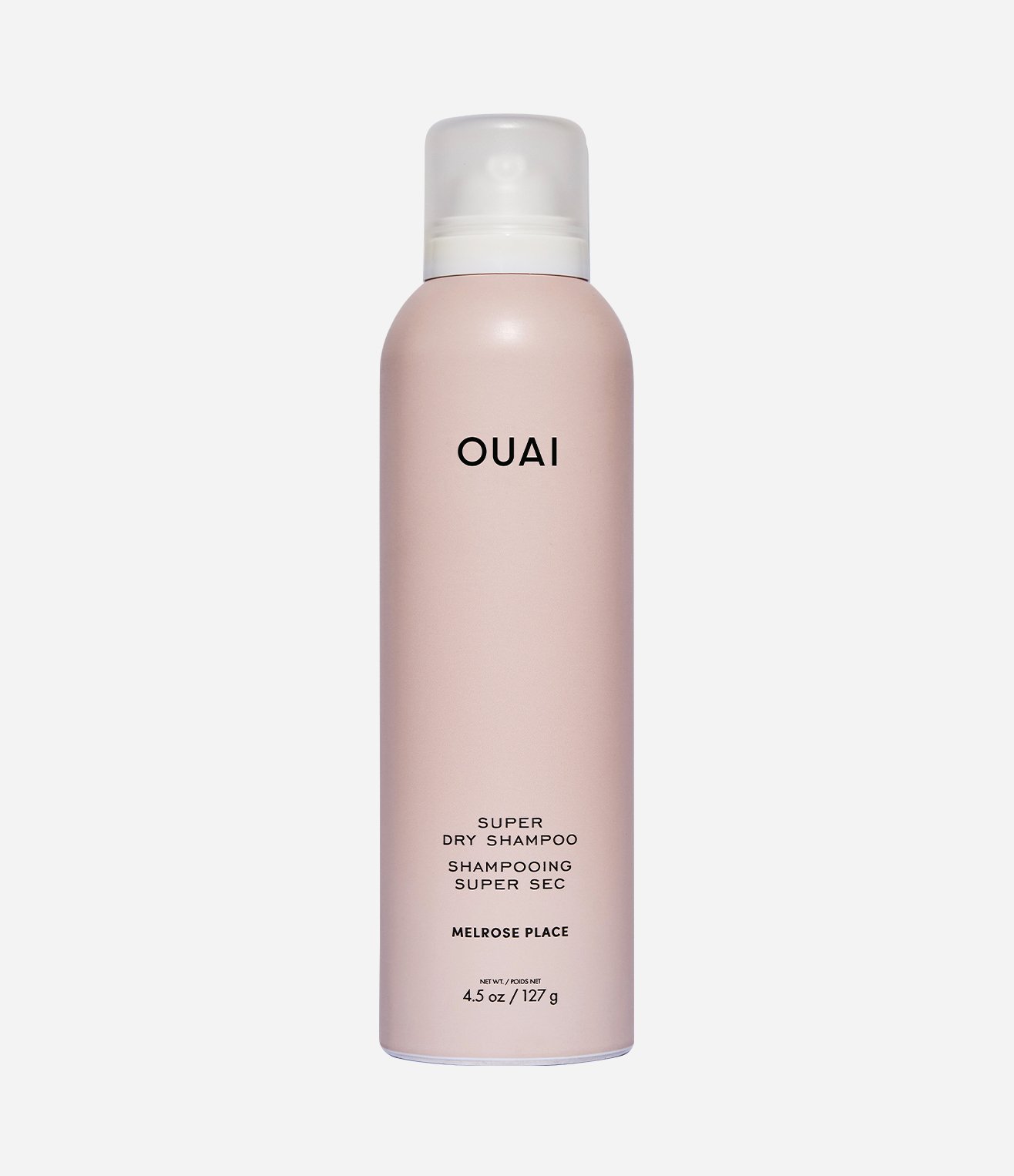













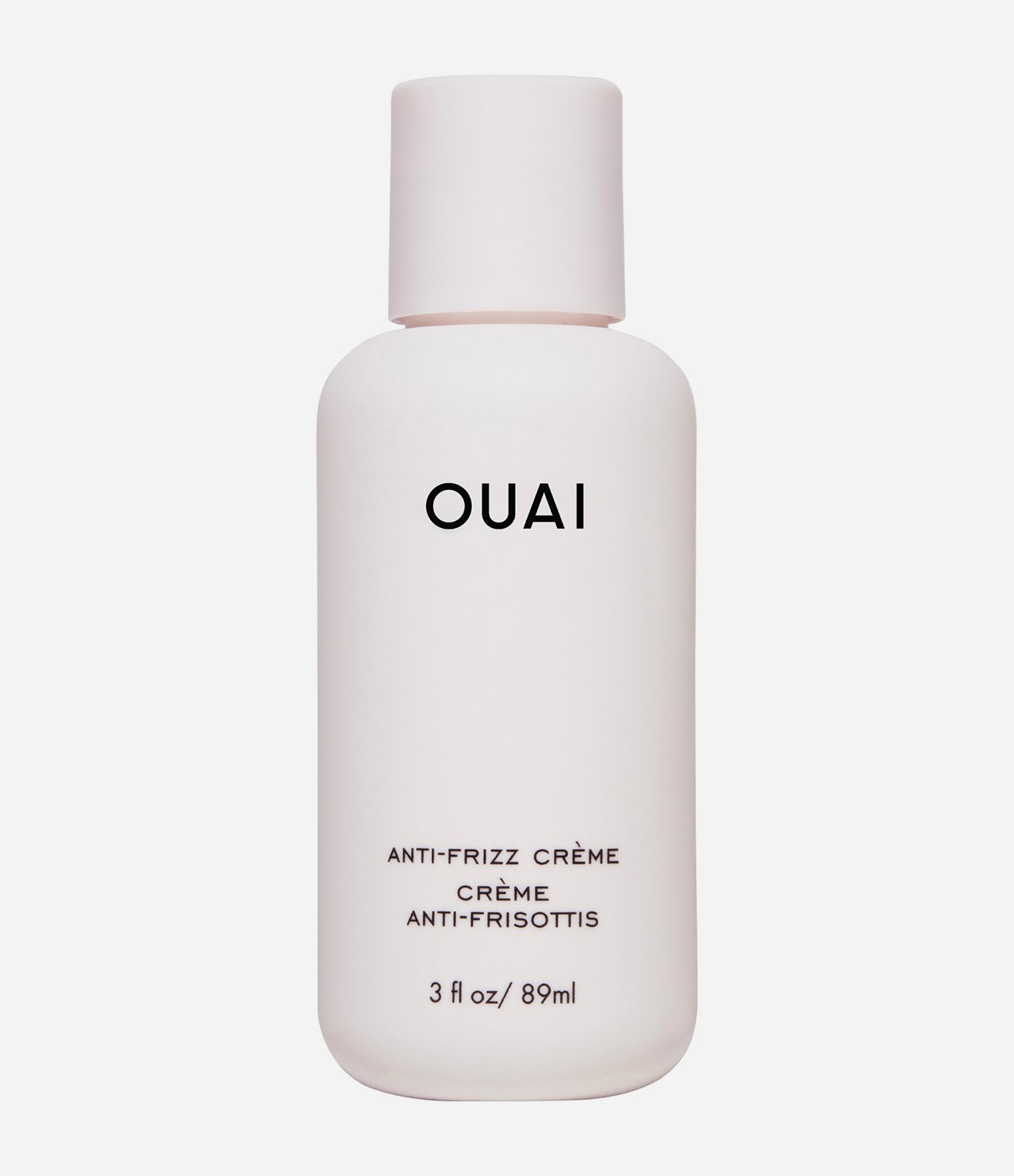

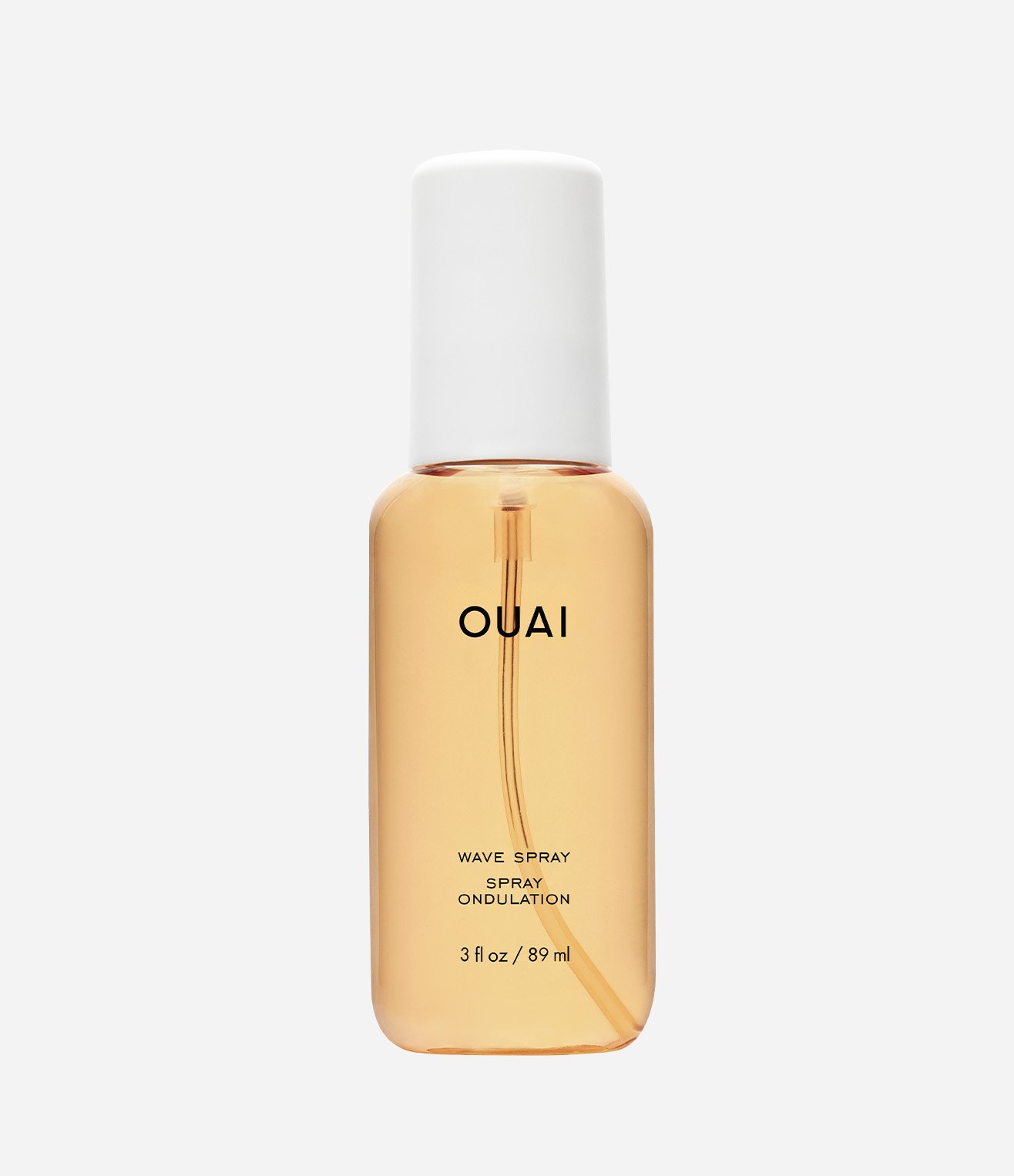



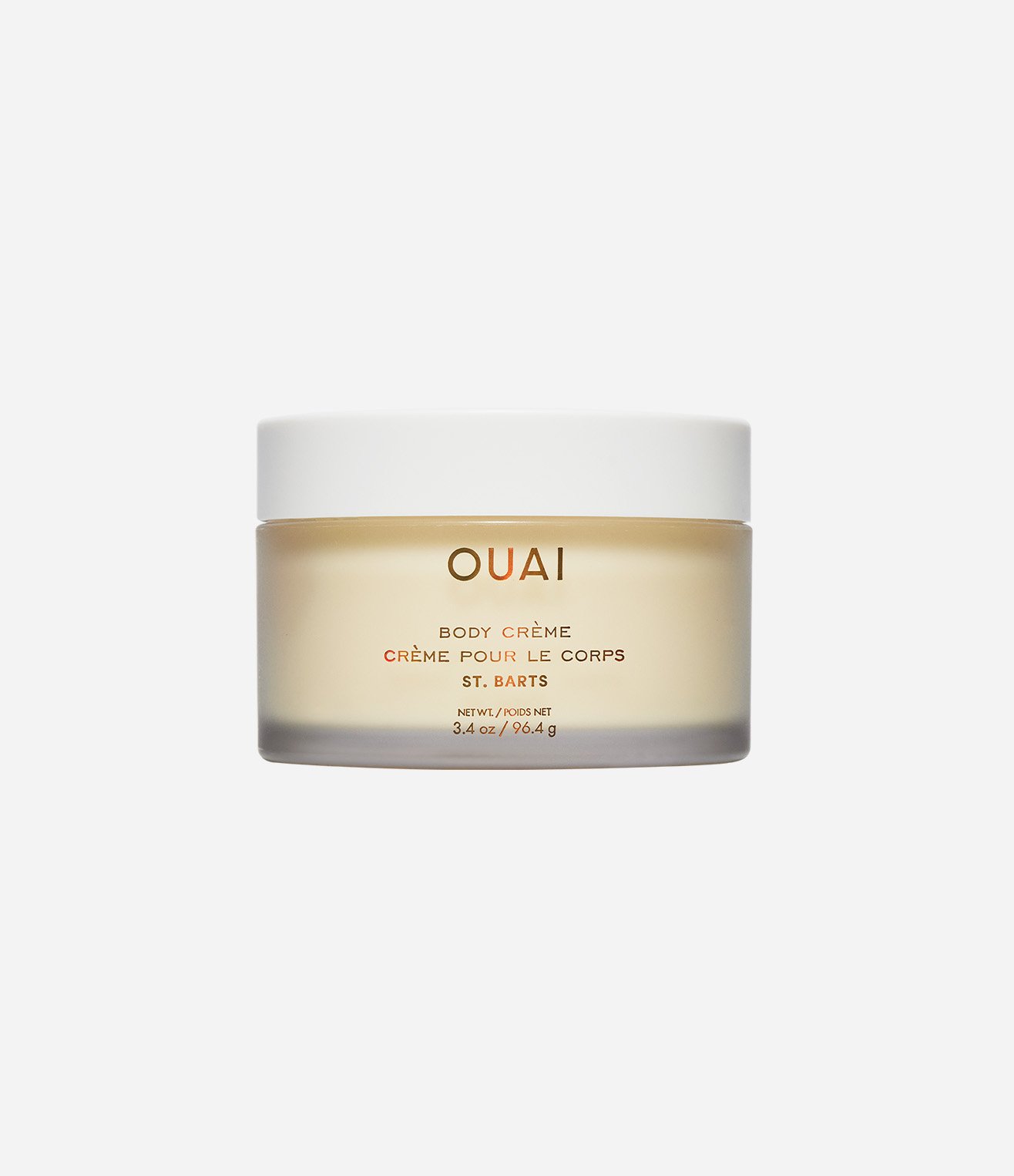


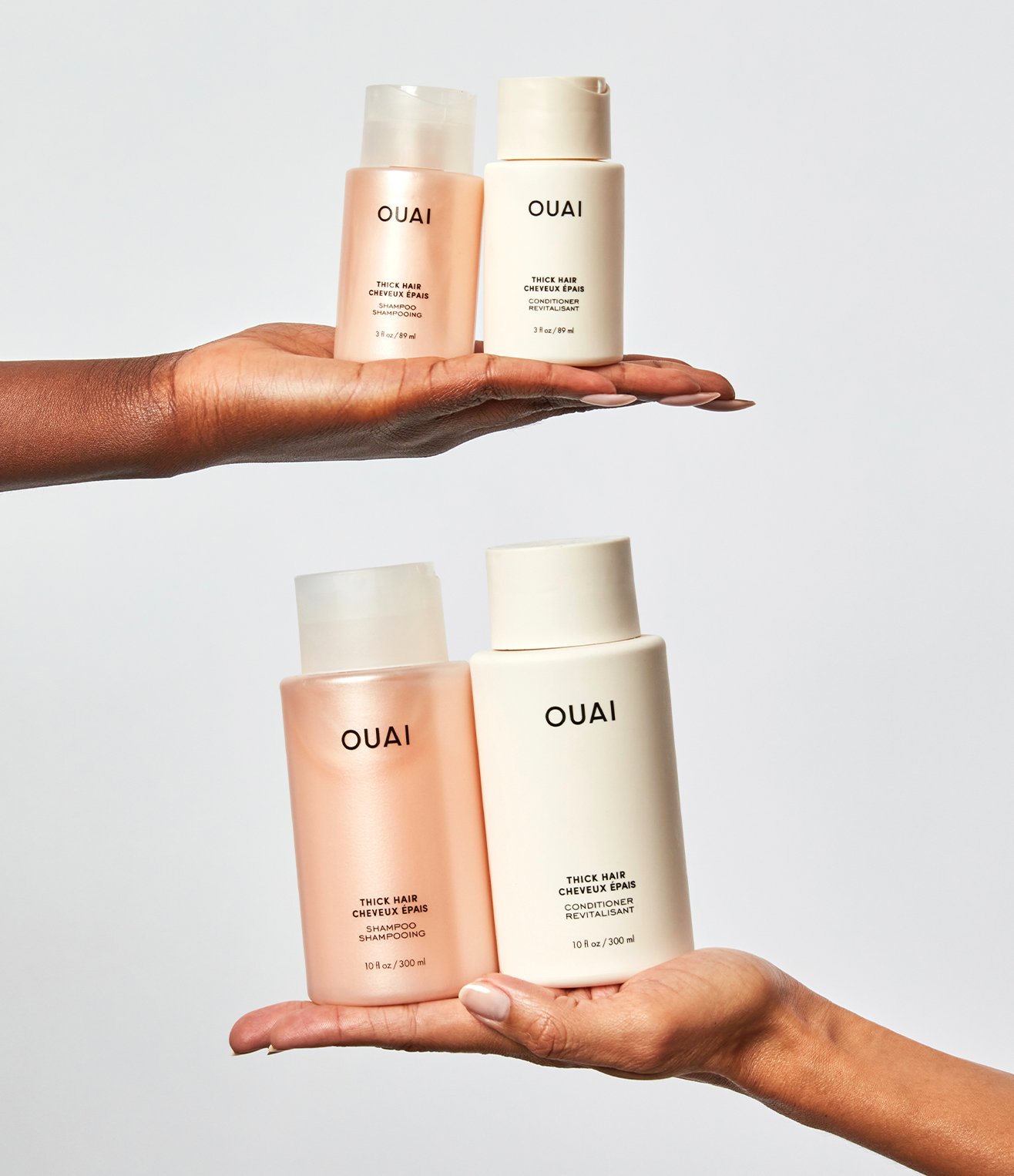







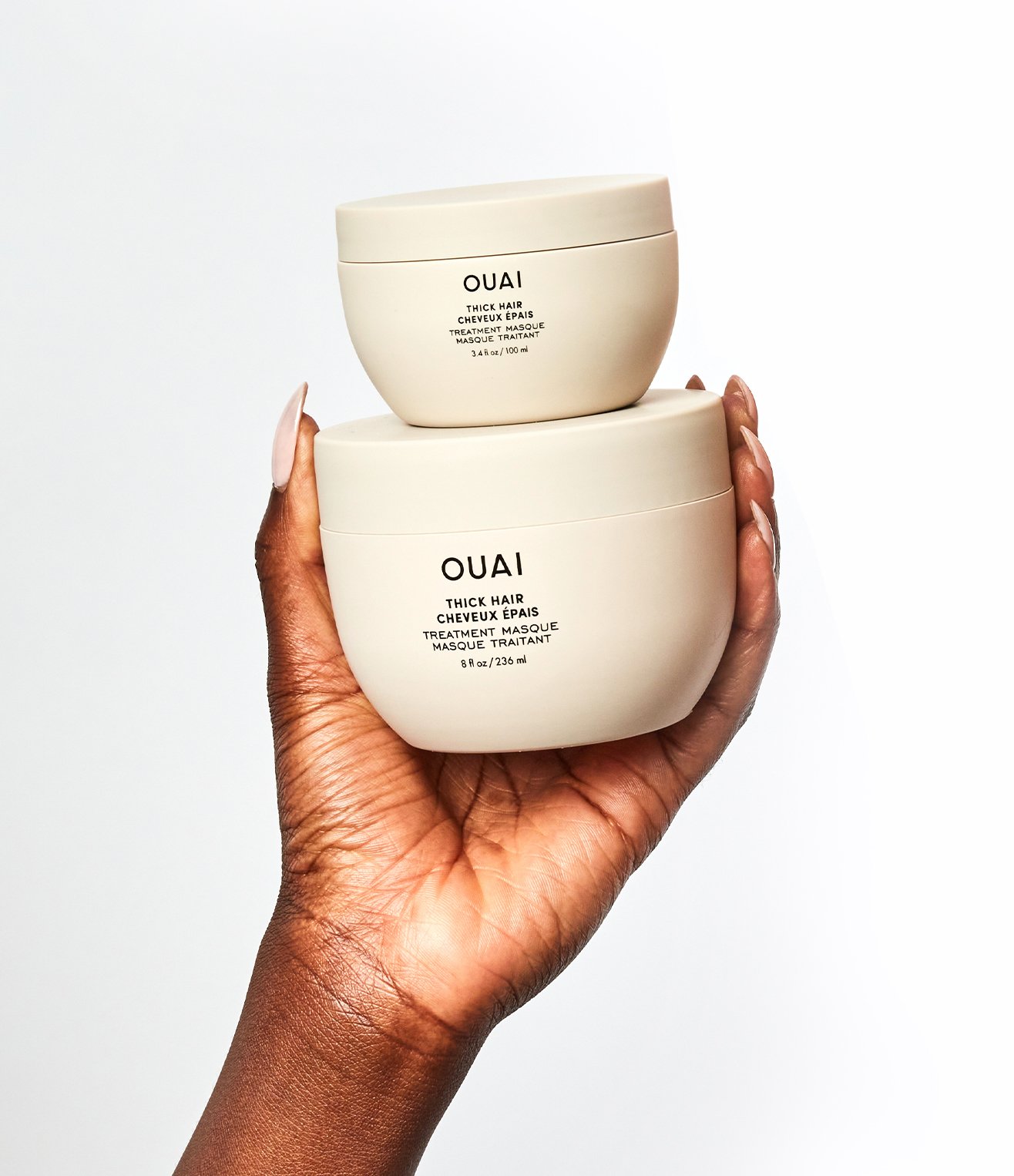



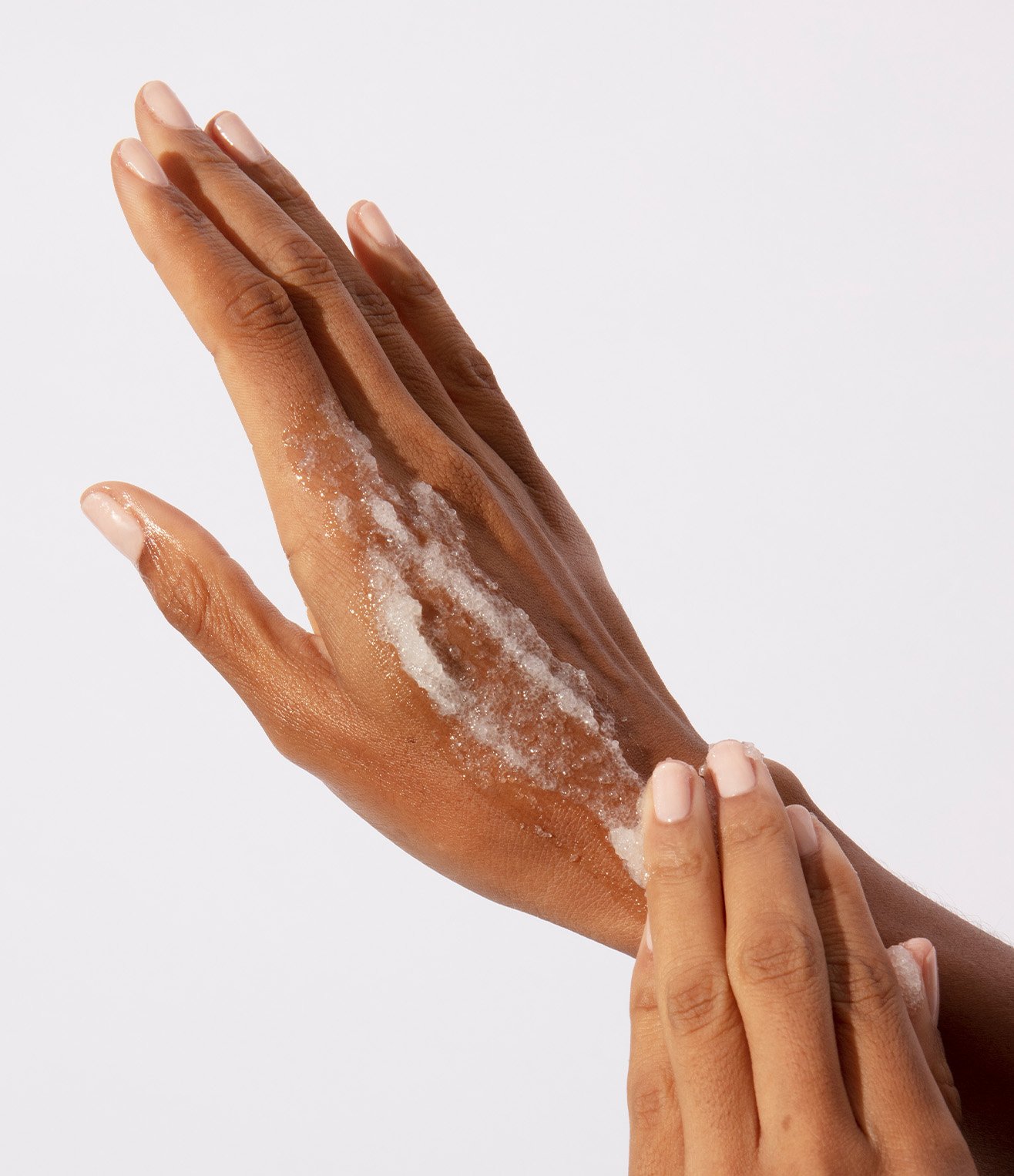







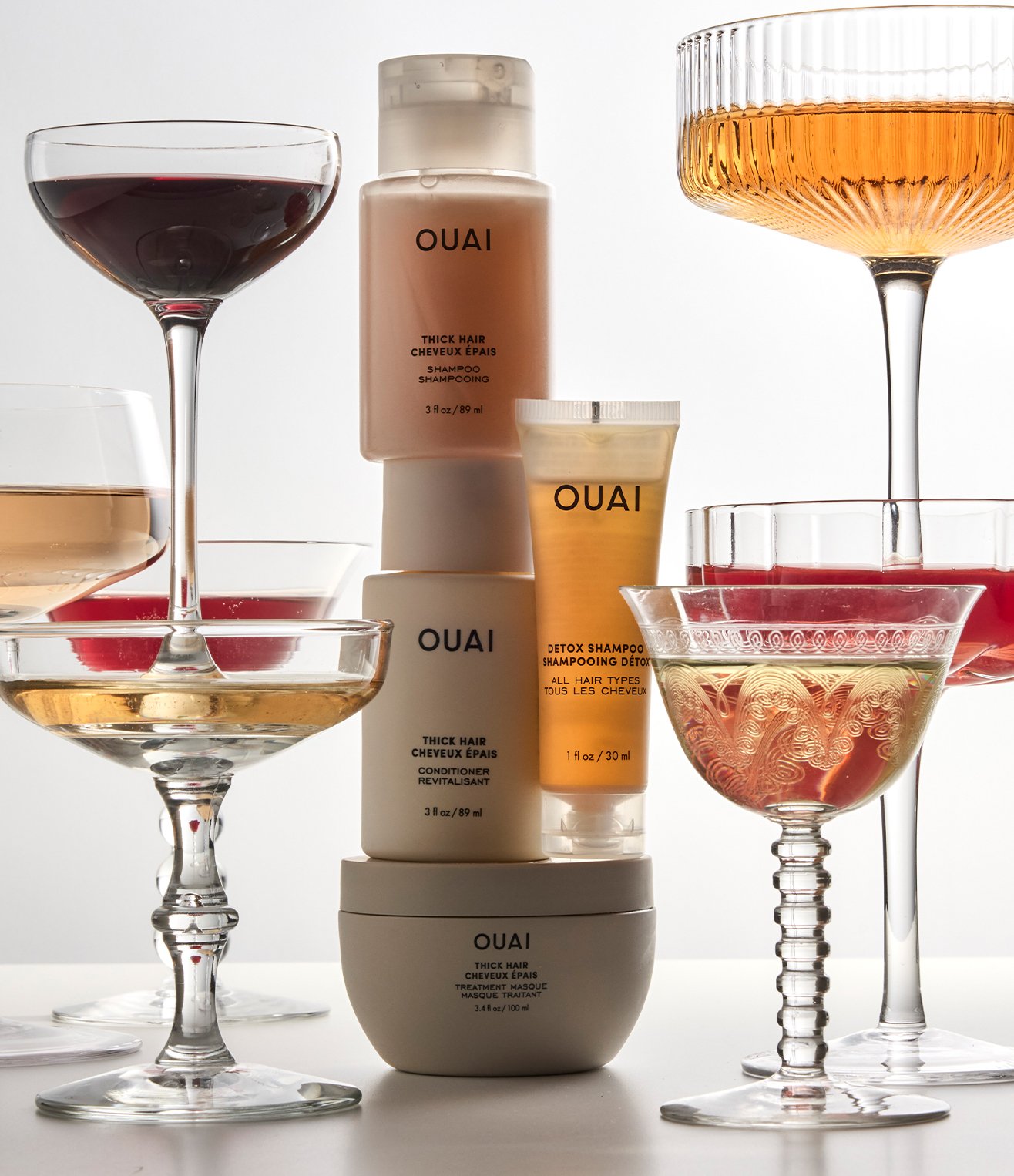












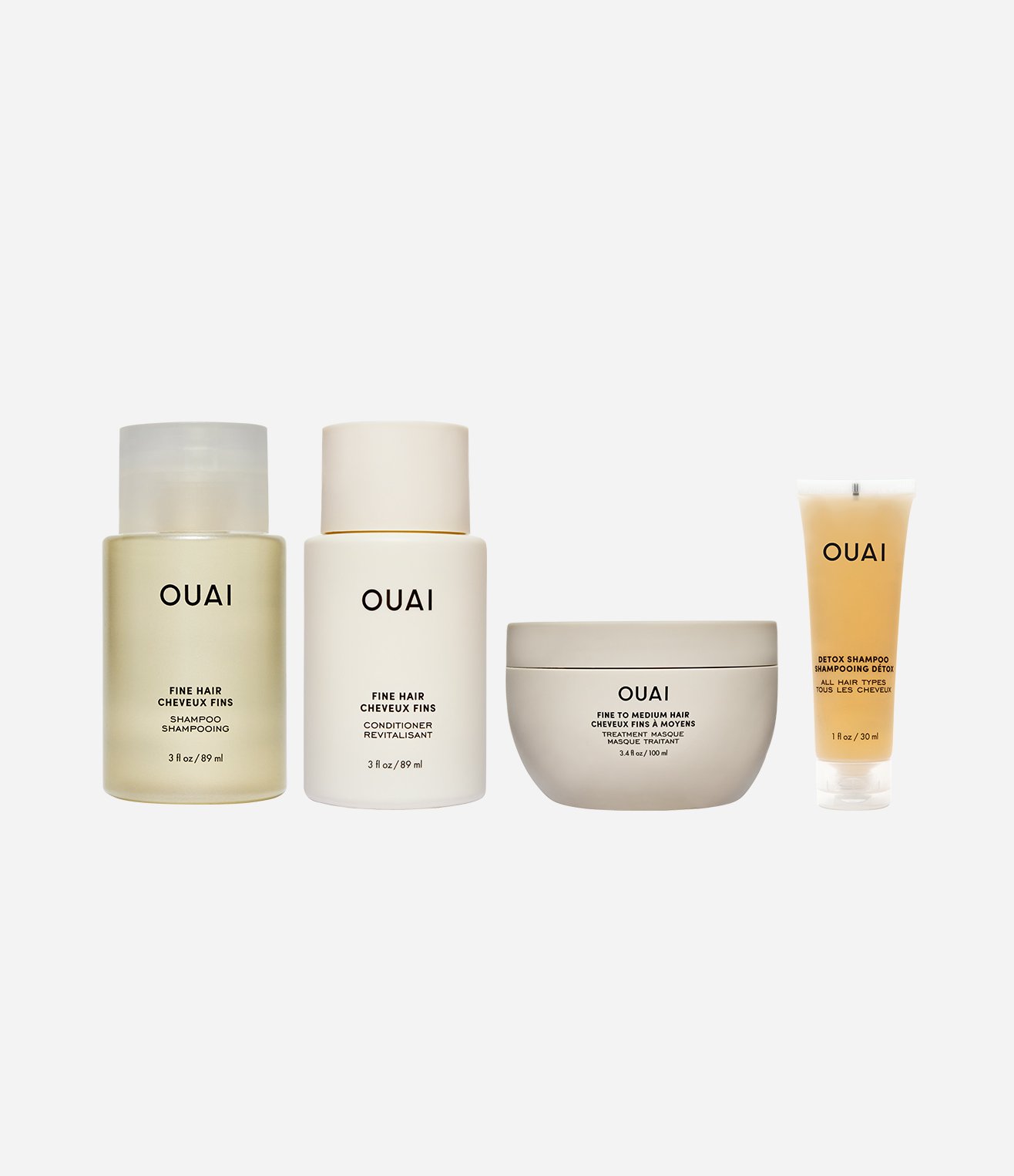

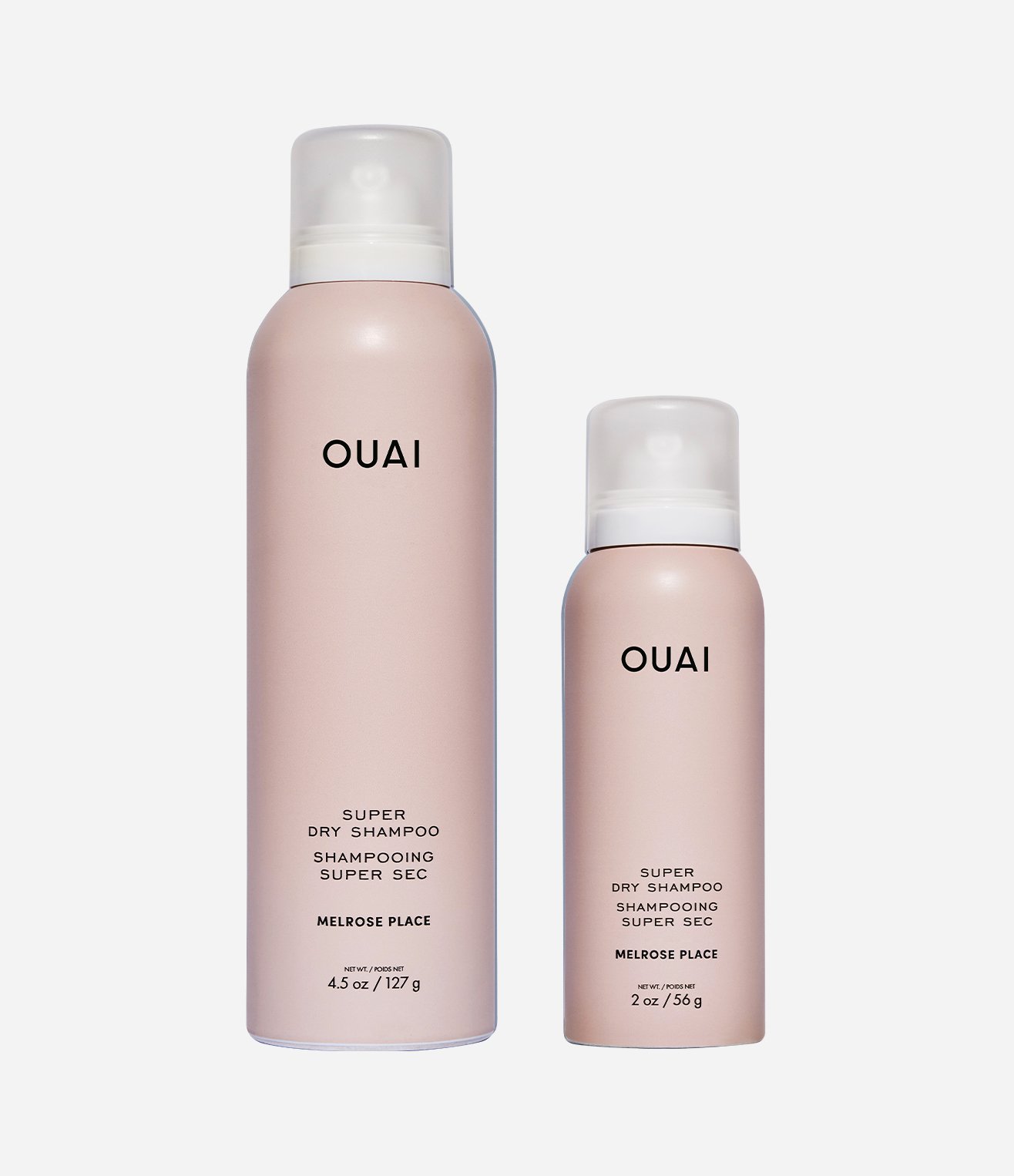

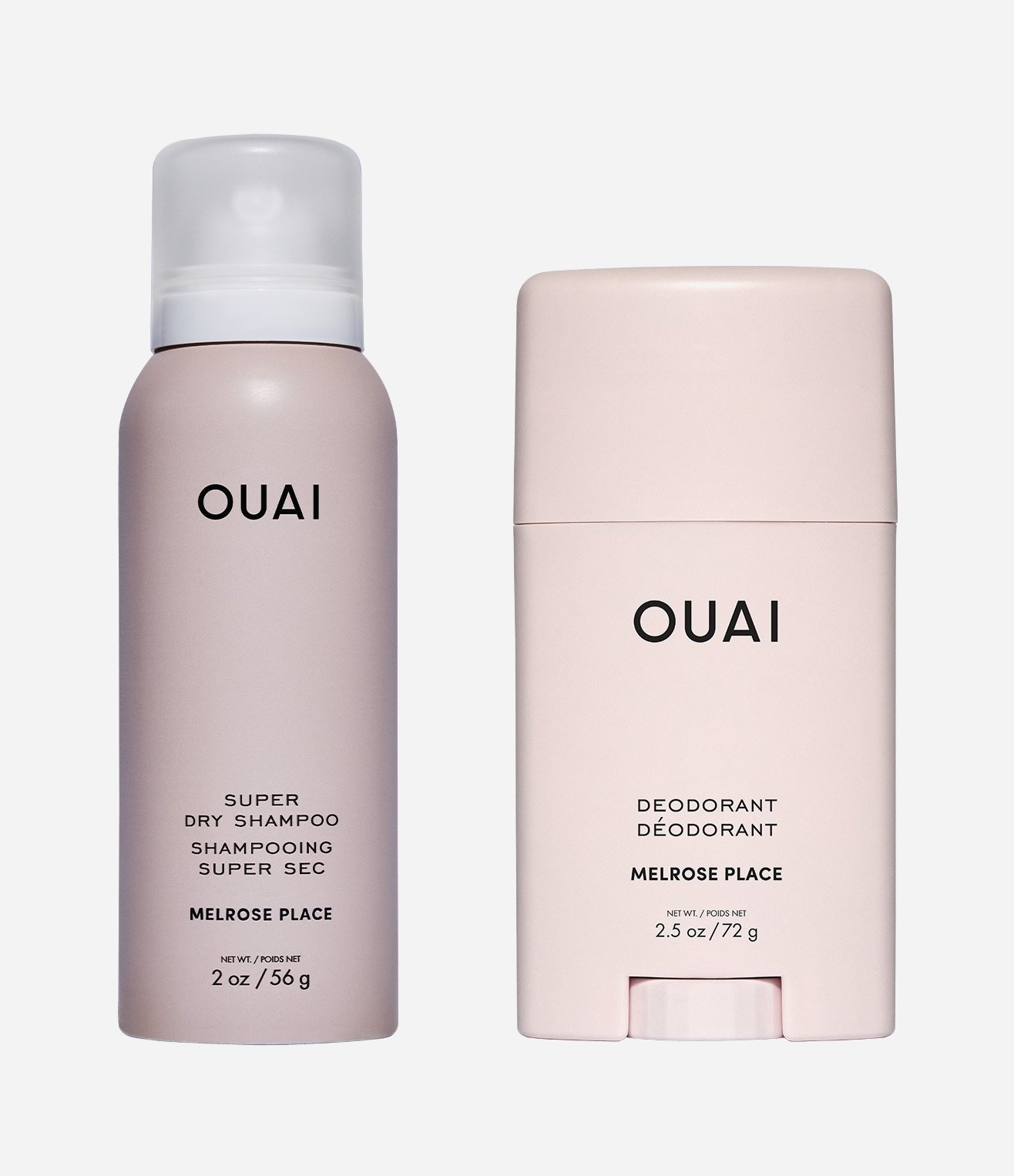




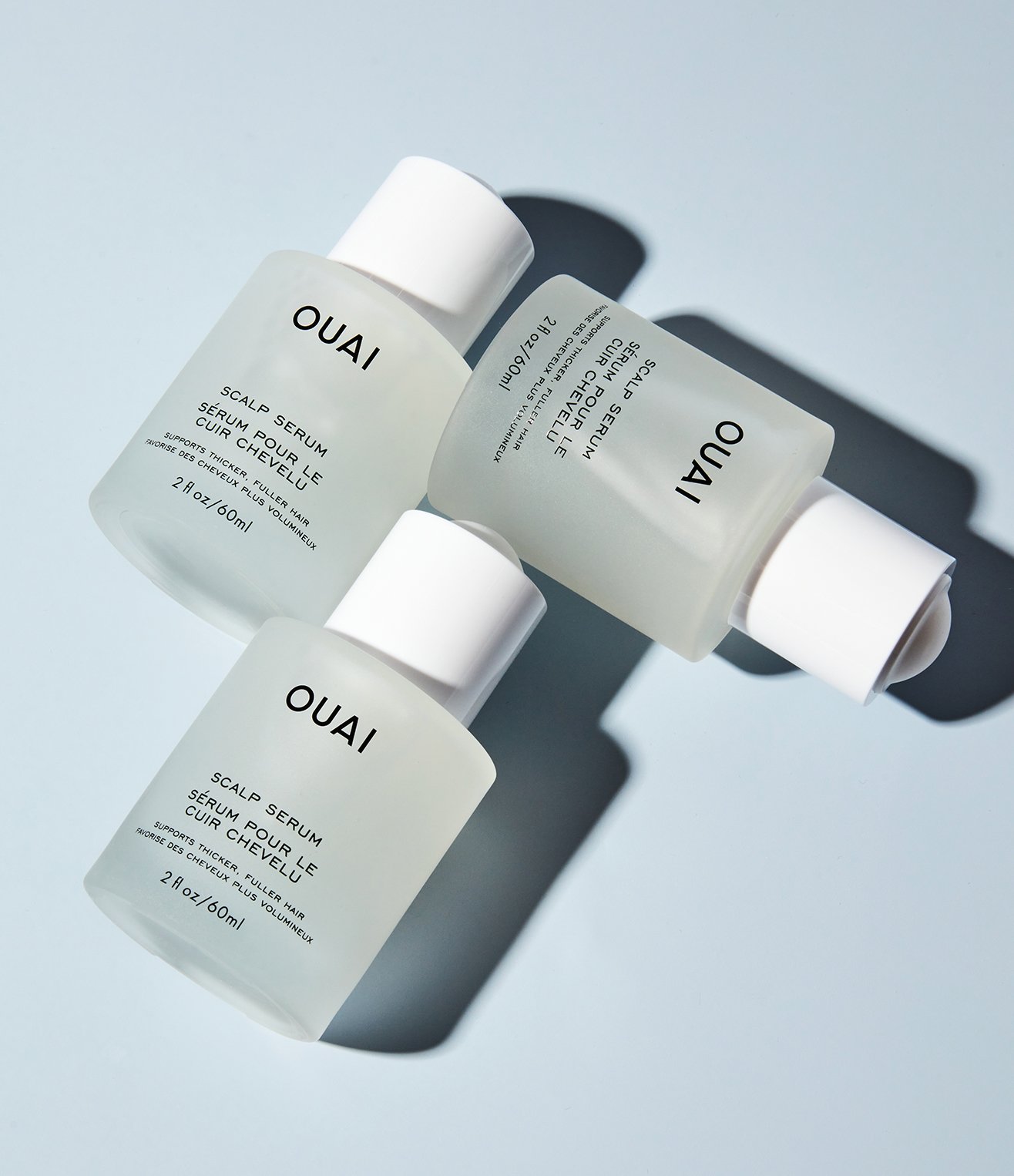
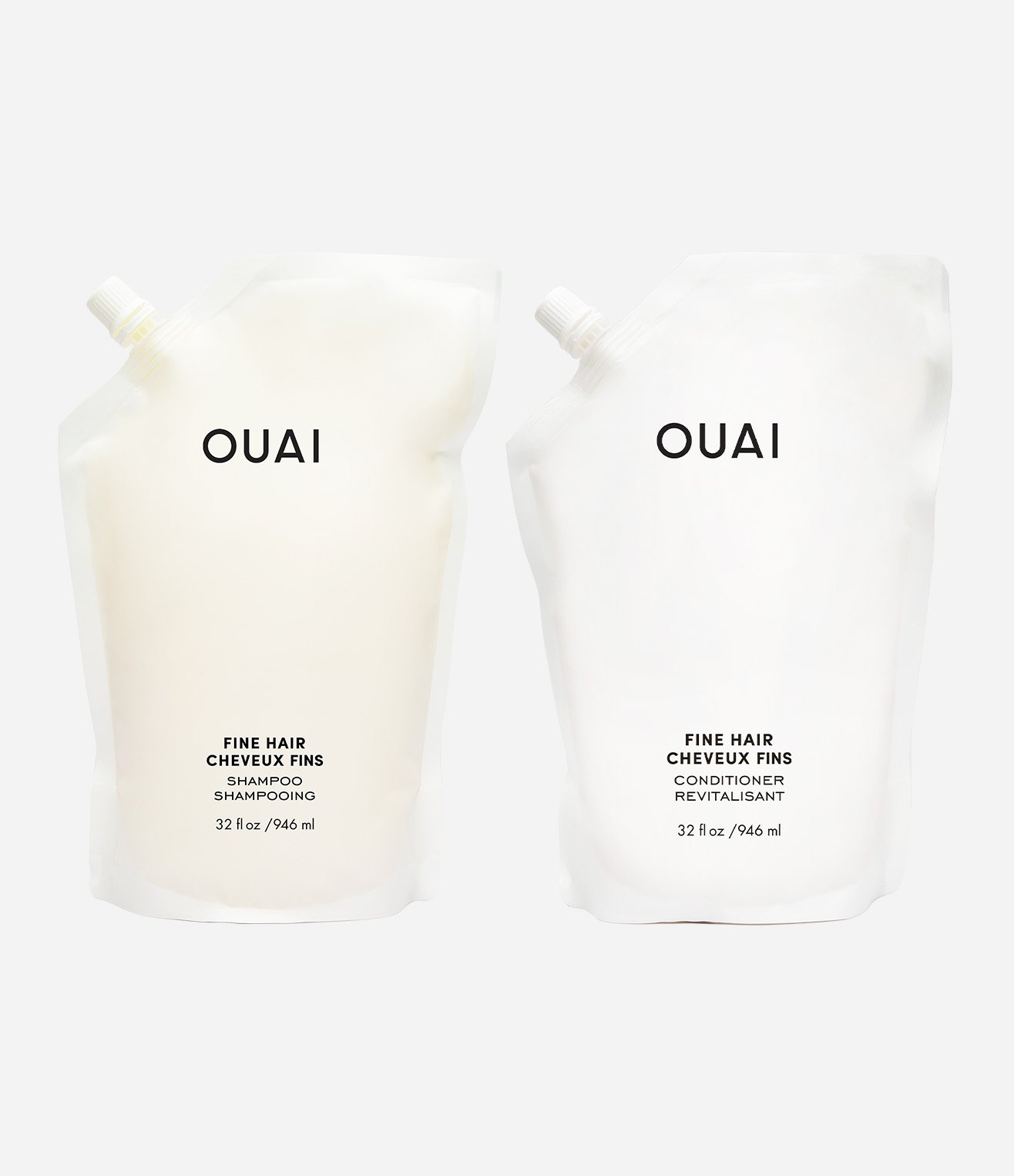




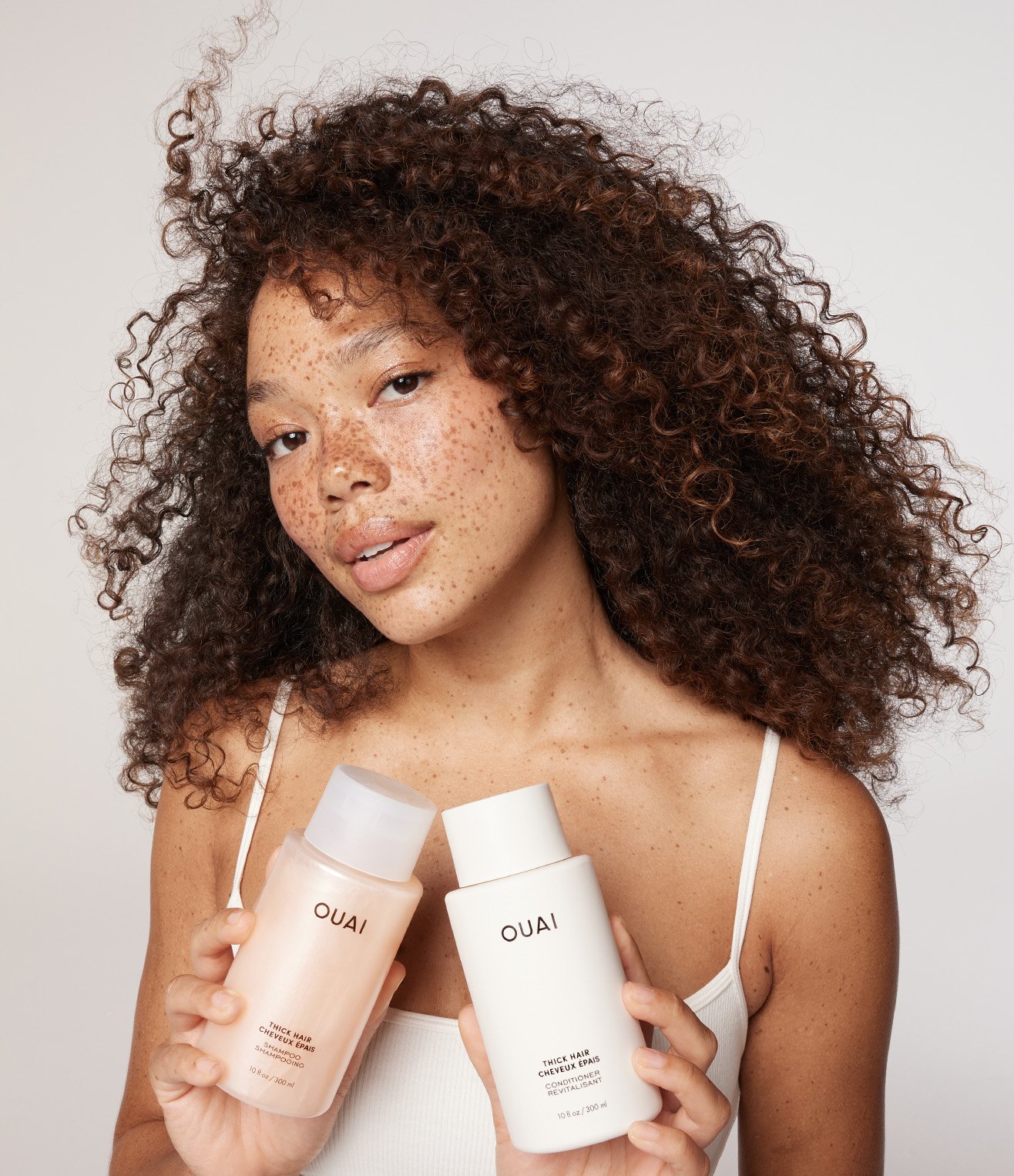












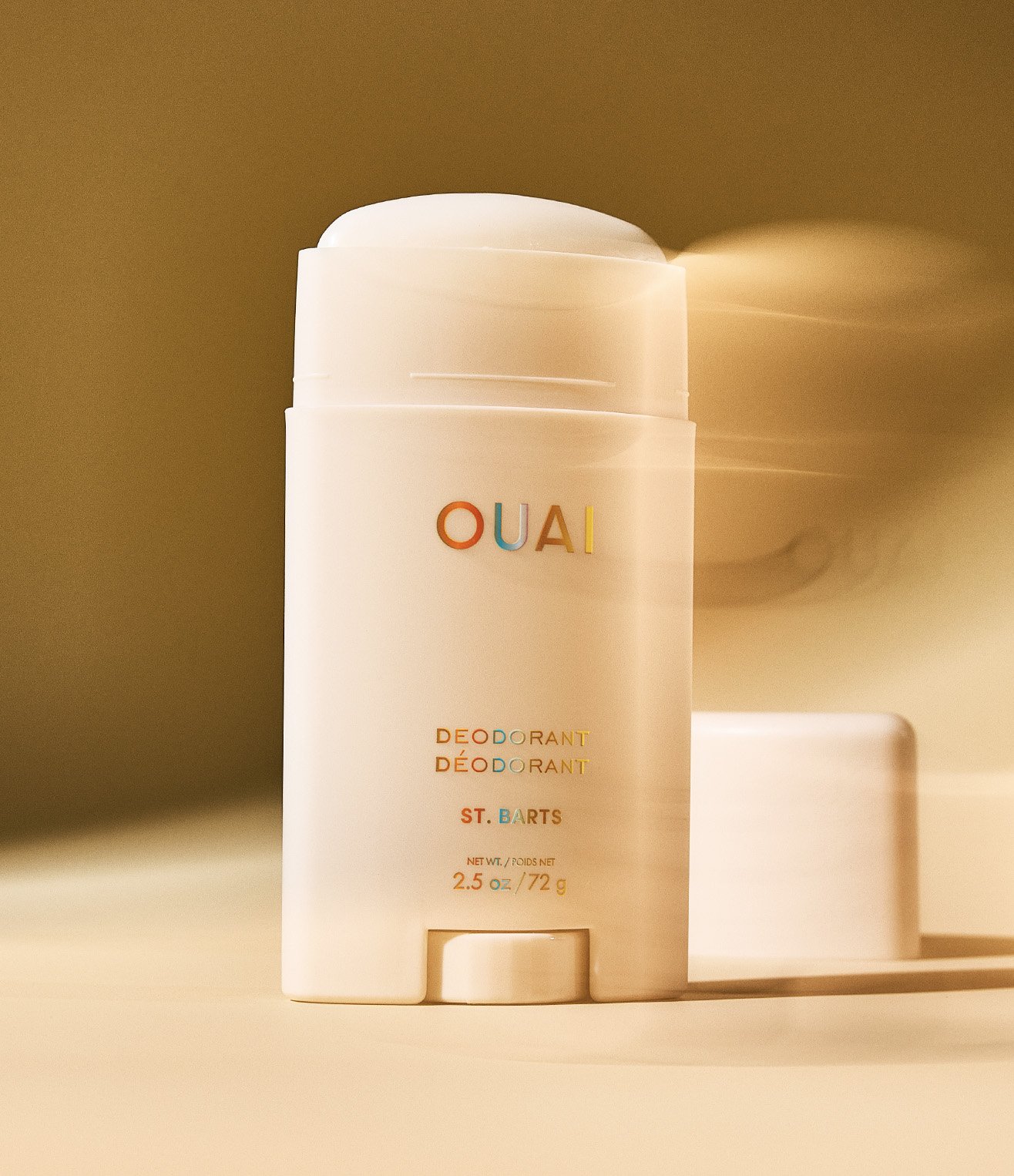



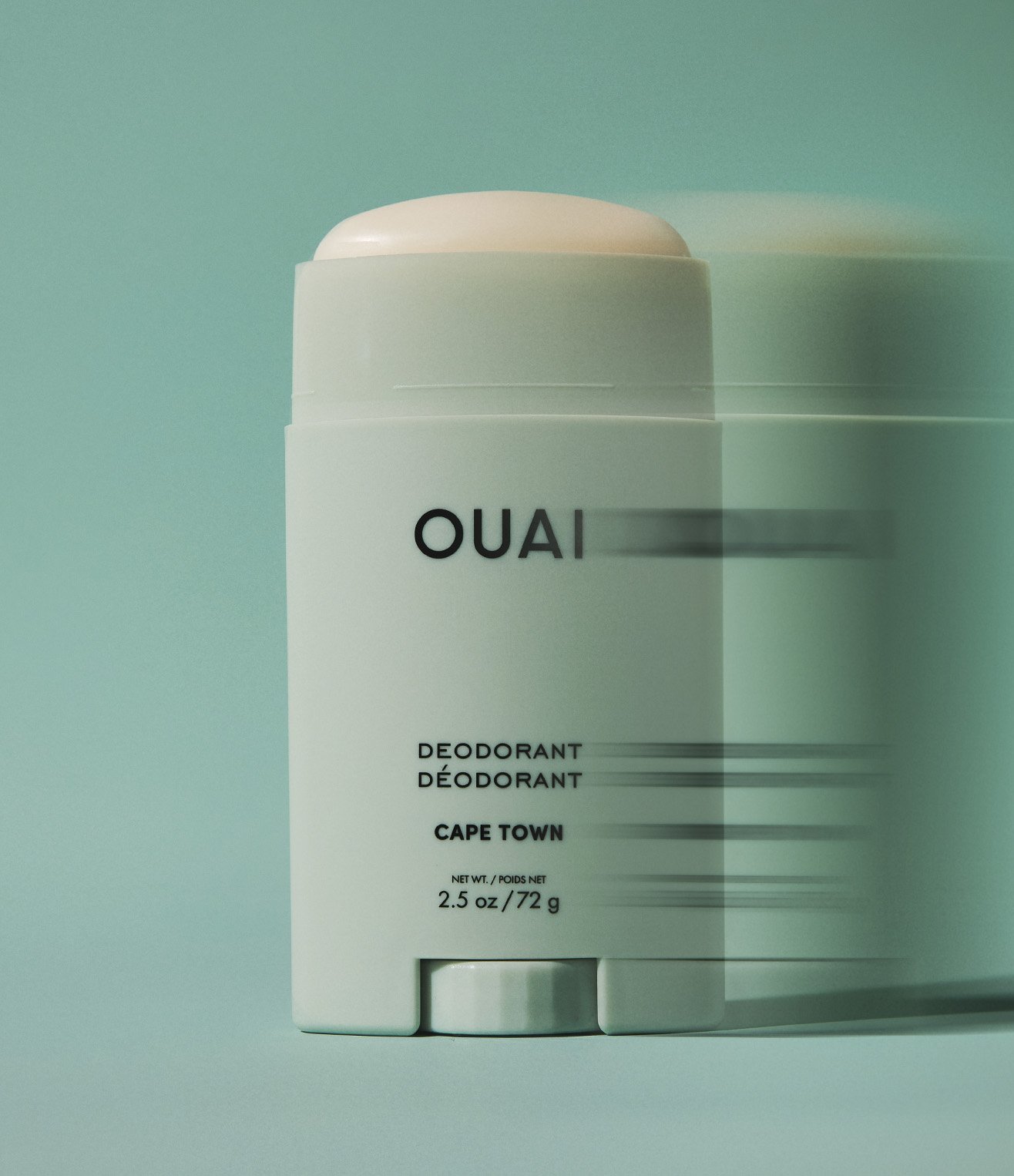

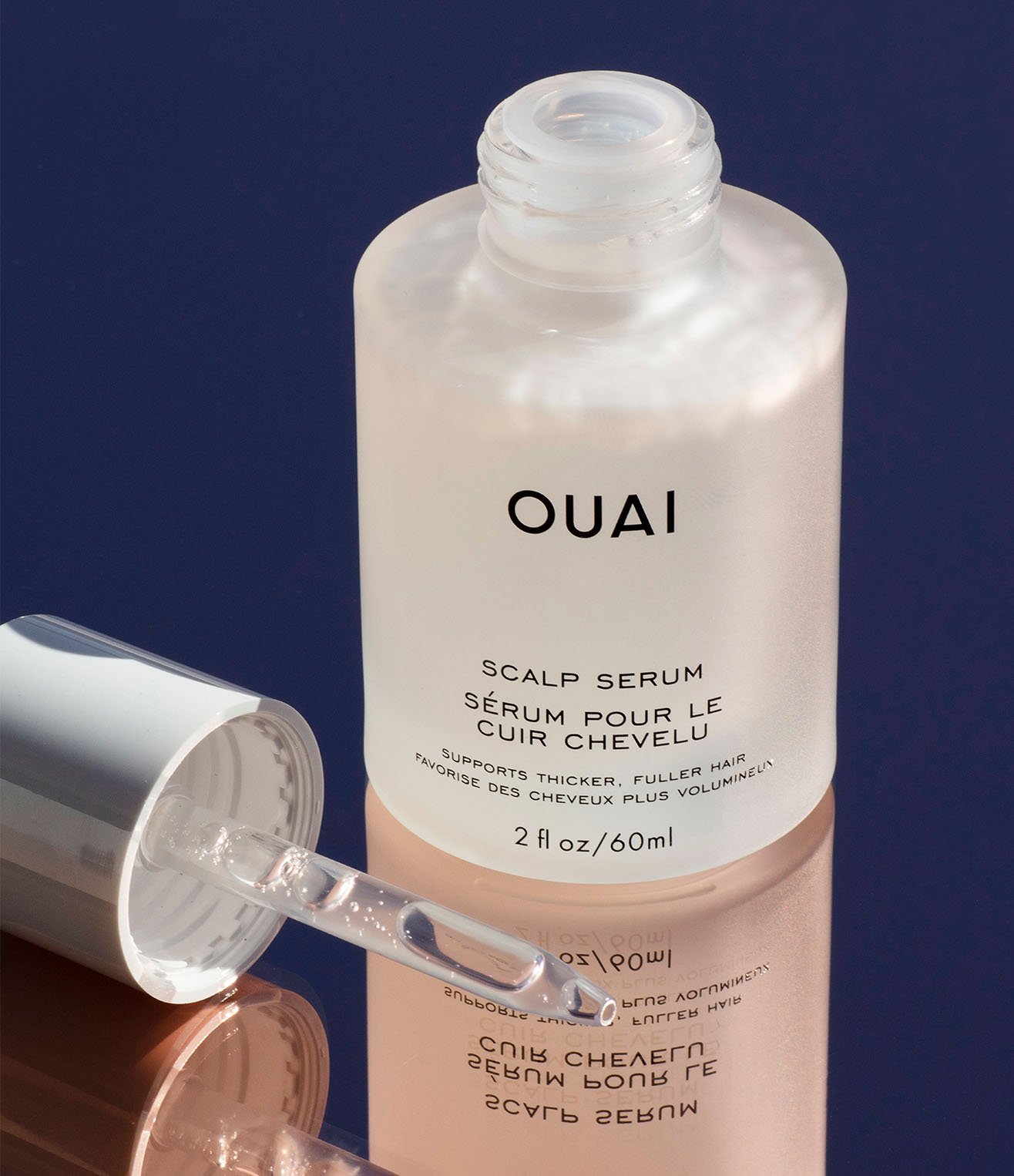



.jpeg?v=1688177567437&options=w_{width})



.jpeg?v=1688177616065&options=w_{width})






